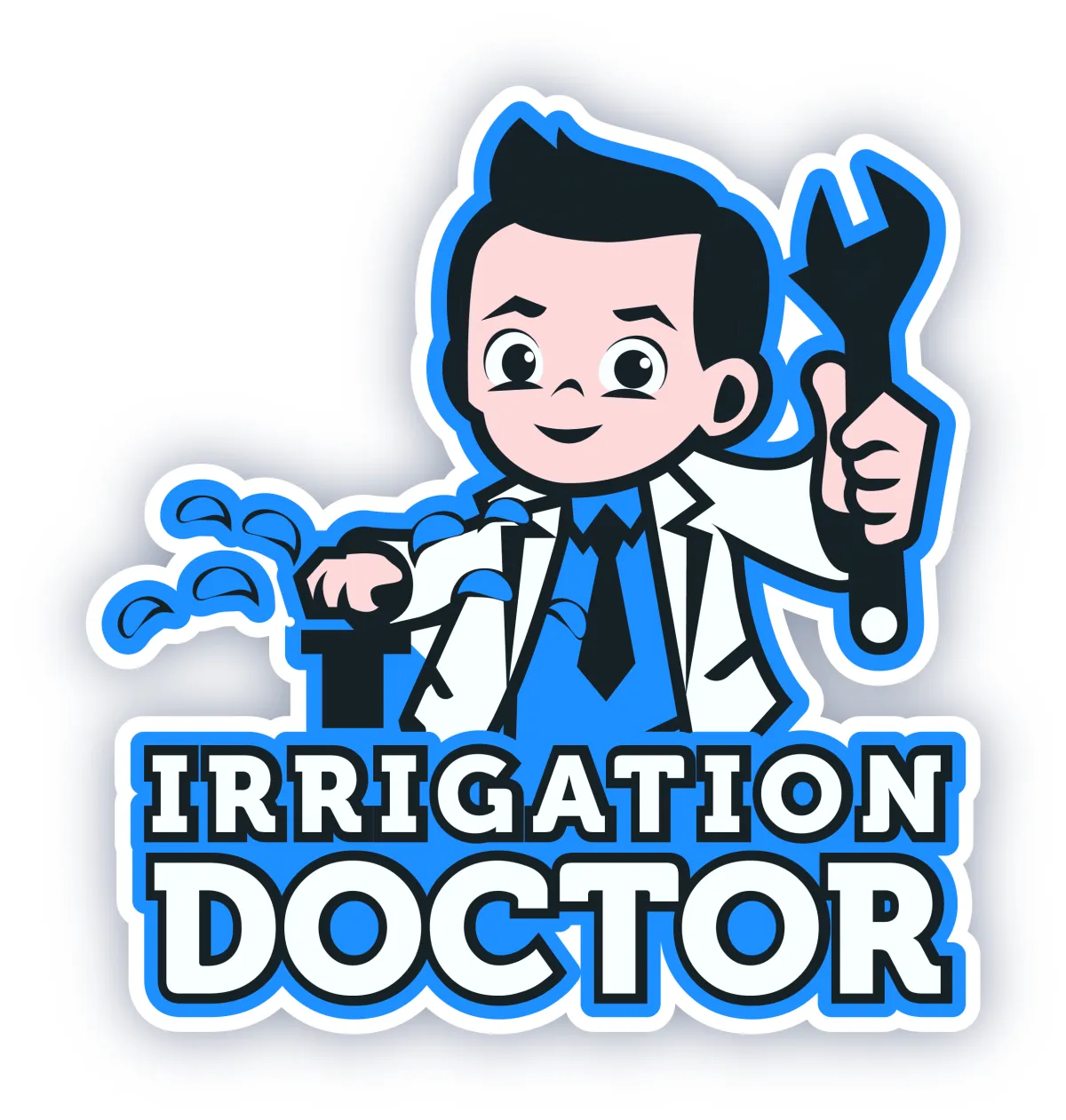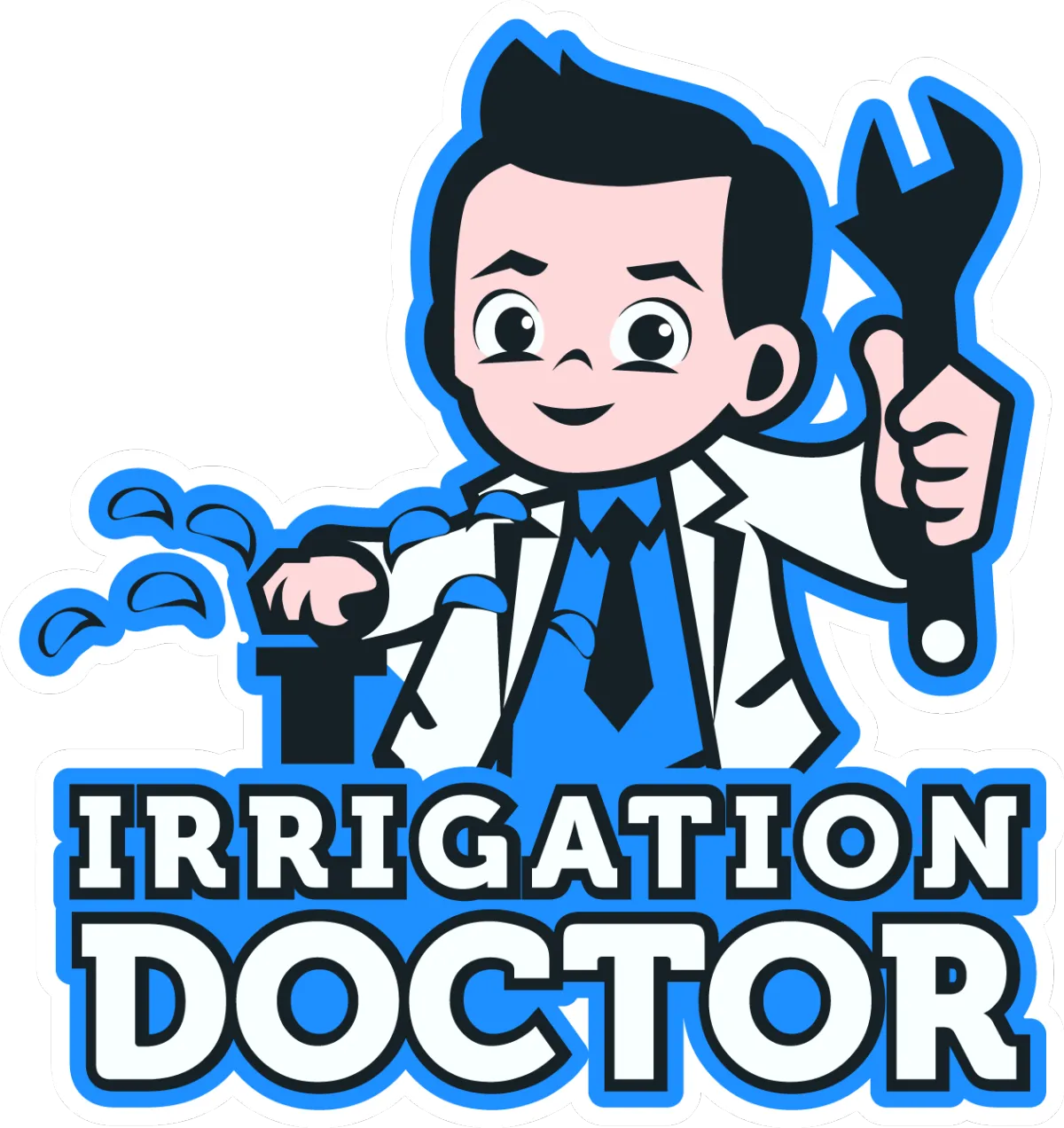
What Should You Know About Your Lawn Irrigation System?
Numerous people are ignorant of the significance of watering lawns to sustain their wellness. Irrigating a lawn can be scary and difficult for beginners. So, what is lawn irrigation exactly?
Irrigating a lawn is not a one-time occurrence, which needs vast expertise and a complete approach.
When Should Lawn Be Irrigated?
The optimum time to install a lawn watering system for your turf is in the early morning when the air is cool. The water is more likely to penetrate deeper and hydrate the grass. The best time to water your garden is between 4 and 10 in the morning.
If you cannot water your grass on weekends between 4 a.m. and 10 a.m., it is advisable to do it in the evenings after work. The ideal arrangement involves sprinklers that can be programmed with a timer. The advantages of properly timed irrigation include lowering the effort required to wake up early to water the lawn and ensuring uniform wetting of the turf.
The Rate of Water Penetration
Various soil types require and absorb various amounts of water. Before creating a watering system for your lawn, you must first establish the soil type.
Soil often consists of sand and clay and is frequently referred to as loam soil. In contrast to clay soil, loam soil does not retain water well. In clay soil, water infiltration is a crucial problem.
A screwdriver may be used to determine if your lawn is adequately watered. It requires further watering if you have difficulty inserting a 6-inch screwdriver into your grass. The strategy is based on the idea that water should penetrate six inches into the soil when you water your grass.
You may need to arrange the screwdriver operation on a day when time constraints are not a problem. After 15 minutes of watering the grass, use a screwdriver or shovel to determine how deeply the water has absorbed the soil. Then, how long it takes for water to reach a depth of 6 inches.
Lawn Irrigation Systems
There are systems for lawns irrigation that are more efficient than manual watering. The following are the three basic types of contemporary irrigation to consider.
Sprinklers
This lawn watering device distributes water throughout the air, similar to rainfalls. Sprinklers can be programmed for a brief duration and then moved intermittently based on the amount and duration of watering necessary.
Since it requires minimal work, a pop-up sprinkler system is great for automatic garden irrigation but may be costly for large areas. Typically, gardeners use an above-ground sprinkler to maintain their grass.
Drip Irrigation
This lawn watering system utilizes a micro-irrigation technique in which water is supplied to the soil surface as drops or tiny streams via emitters. These emitters have a low enough water distribution rate to be used on almost any type of soil. Drip irrigation systems have the benefit of requiring less pressure and flow than conventional sprinkler systems.
Surface Irrigation
This irrigation method involves putting water below the soil's surface. Typically, the particular method employed is dictated by the water table depth.
Whether you intend to manually water your lawn with a hose or automatically with sprinklers, you should understand lawn irrigation. In general, lawn sprinklers that are put into the ground are the most efficient lawn watering systems.
Conclusion
It is acceptable to presume that you now have a firm grasp of what lawn watering entails and the most effective approaches and tactics for promoting the health of your grass. Understanding what lawn irrigation is, when, how, and when not to water your lawn is a crucial aspect of turf management that all gardeners, homeowners, and landscapers should be familiar with. For more information regarding lawn irrigation, please contact Irrigation Repair Greenville SC.


